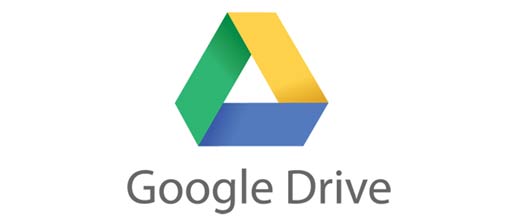Have you moved over to using Google Apps rather than Microsoft Office for your productivity tasks? Whether it is because of the price or the features Google wants more of us to move over and is aiming to convert 90 per cent of Microsoft Office users into Google Apps users. AllThingsD talked to Google VP and head of enterprise Mr Amit Singh about Google’s tussle with Microsoft in the office suite arena. During the interview the Google exec revealed that “Our goal is to get to the 90 percent of users who don't need to have the most advanced features of Office.”

2012 – the year we broke the barrier
In 2012 Google implemented several key changes and enhancements to its Google Apps suite of web-based office applications. Google Drive was introduced and, although it sounded like a new Sat Nav program, it integrated Google’s productivity apps with a cloud storage facility similar to DropBox. Also the productivity web apps, which can now be used in offline mode, are tweaked and enhanced regularly. “We know the gaps between our features and theirs. We're improving them week by week. We're going to get to the 90 percent,” said Singh.

The last year has also brought a remarkable boost in the growth of Google productivity app users. “This was the year where we broke the barrier and got large-scale customer adoption,” according to Singh. Large enterprises which have switched to Google’s office productivity apps include “Swiss drug maker Hoffmann-La Roche, where over 80,000 employees use the package, and at the Interior Department, where 90,000 use it,” details The New York Times (NYT).
Is it just the price?
The NYT thinks a great competitive strength of the “good enough” and improving Google suite is the price to businesses. “Google charges $50 a year for each person using its product, a price that has not changed since it made its commercial debut, even though Google has added features,” says the US newspaper. Security and data management have also been improved to appeal to businesses. IDC analyst Melissa Webster told the NYT that “Google is getting traction. Its ‘good enough’ product has become pretty good. It looks like 2013 is going to be the year for content and collaboration in the cloud.”
In comparison to Google’s flat $50 fee Microsoft’s Office 365 product costs between $72 and $240 per year per person depending upon required features. Singh agrees that cost was Google’s major competitive weapon but now the service offers more depth and breadth in its online collaboration facilities. Compatibility is slated to improve within the Google apps too “In Q3, if you import from Excel into Sheets, you won’t be able to tell the difference in Sheets,” boasted Singh. He also said the recent Google acquisition of QuickOffice will “help us a lot” with regard to PowerPoint compatibility.

Microsoft’s biggest and most profitable component is its business division ($24 billion revenue in 2012) and nearly all its revenue comes from the old style Office software sales according to the NYT. So 2013 is going to be a very important year for Microsoft to protect that market or divert users to its own online Office 365 offering rather than choosing Google’s.













